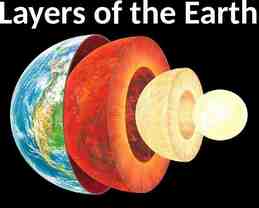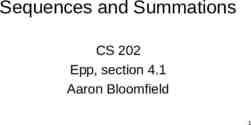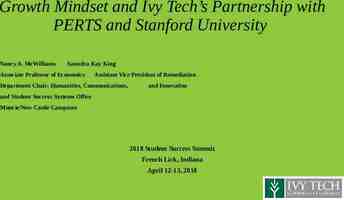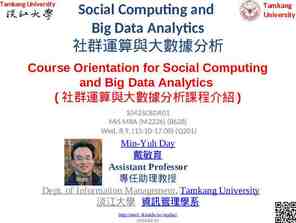Internet properties and marketing implications MARK 430 Advanced
21 Slides191.00 KB

Internet properties and marketing implications MARK 430 Advanced Online Marketing Week 1

After this class you will understand: What online or eMarketing is How it differs from traditional marketing What the properties of the Internet are that offer opportunities (and challenges) to marketers

Why study online marketing? Traditional marketing practices are being transformed Continuing strong growth in business-to-consumer and business-to-business eCommerce New skills, knowledge and strategies in high demand in the business world Marketers need to understand technology and collaborate with IT colleagues

E-Business Markets There are three important markets that both sell to and buy from each other: Businesses Consumers Governments

What is online marketing / emarketing? marketing is a process for creating and delivering goods, services, and ideas to customers e-Business components involved: e-commerce business intelligence supply chain management

What is online marketing / emarketing? marketing is based on exchanges that are valuable to both the customer and the company e-Business components involved: enterprise resource planning business intelligence customer relationship management

eMarketing objectives Recognizing customer needs and filling them better than the competition Helping to make a company’s offerings something that customers want to buy

Is eMarketing simply information technology applied to traditional marketing? E-marketing affects traditional marketing in two ways: Increases efficiency in traditional marketing functions Use of Internet technology transforms many marketing strategies. Results: new business models that add customer value and/or increase company profitability.

The impact of the Internet on the marketing mix Product – new products, new delivery mechanisms Price – dynamic pricing, comparison pricing, bartering, bidding Place – direct distribution of digital products, supply chain management, channel integration Promotion – new communications media, advertising efforts

The transformation of the marketing mix Shift away from a selling orientation toward a customer-focused or customer-centric orientation The 4 Ps become the 4 Cs (Albert and Sanders 2002) Customer focused solution Cost (increase in value) Convenience Communication

Key issues for corporations: How to use information technology profitably How to understand what technology means for their business strategies How marketing strategies can be enhanced by the Internet, databases, wireless mobile devices, and other technologies What’s next after the rapid growth of the Internet and the dot-com bubble

Internet properties and marketing implications

Internet properties and marketing implications

Internet Properties and Marketing Implications Internet means: new channels for selling and marketing new pricing and promotion options new forms of market research and new products improved distribution and customer service Most important is a shift toward customer power

What is driving customer power? More options More information Simpler transactions Network model versus broadcast model (or why the Internet is not TV) buyer attention becomes a scarce commodity

Revenge of the Consumer The rebellion started with television channel surfing using the remote control – now TiVo and pop-up killers. Now consumers have control via the mouse. Consumers are more demanding and more sophisticated, and marketers will have to become better at delivering customer value. Caveat emptor (let the buyer beware) becomes cave emptorum (beware of the buyer)

The Cluetrain Manifesto: the end of business as usual A powerful global conversation has begun. Through the Internet, people are discovering and inventing new ways to share relevant knowledge with blinding speed. As a direct result, markets are getting smarter – and getting smarter faster than most companies The Cluetrain Manifesto. Levine, Locke, Searls, and Weinberger. Perseus Publishing. 2000

Consumer Needs What do customers want in the information economy? Privacy: Customers want marketers to keep their data confidential don’t want to be bothered by sales calls at home during dinner, Want marketers to ask permission before sending commercial e-mail messages, Want e-commerce to provide convenience, self-service, speed, good customer service, personal attention, and value.

Consumer Needs e-Marketing has the potential to meet all these needs: With mass customization individuals can contact firms over the Internet and receive responses tailored to their needs, Business can also customize and personalize products and communications to strengthen longterm relationships with customers. E.g. Amazon.com presents personalized Web pages to users

4 steps to successful marketing strategy 1. Understand customer needs 2. Formulate a strategy to fill those needs 3. Implement effectively and efficiently 4. Build trusting relationships with customers (Urban pg.7) Over the next 3 months we will examine and understand various elements of this strategy







